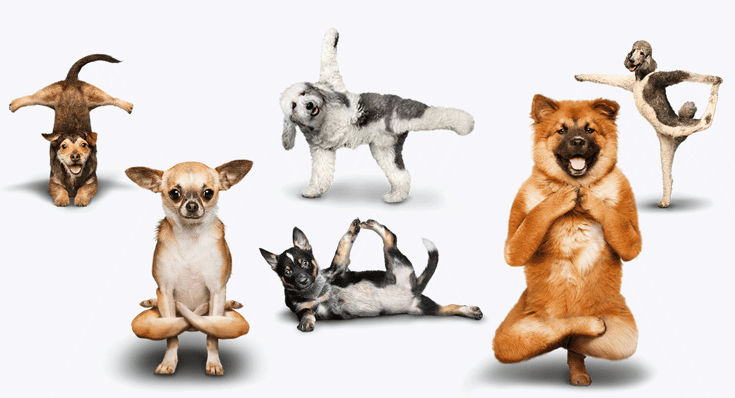“What yoga pose is good for back pain?” I’m sitting opposite Jade a newly qualified yoga teacher who’s just started mentoring with me. “Well”, I begin, “where is the pain?” Jade describes her student’s lower back pain and I ask a few more questions. How did the pain start? What is the student’s lifestyle? I suggest a few simple poses and ask Jade to teach them to me. She teaches the asanas, but doesn’t pay much attention to the breath. When I ask about her instructions for the breath, she seems surprised. “I thought we were focusing on the lower back,” she replies.
It’s never about the lower back. Or the neck pain. Or the anxiety. Or the eczema. As a yoga therapist, it’s always about the whole person. While it would be great if there was a yoga pose to fix every health issue (imagine a doctor prescribing ‘take two down dogs and call me in the morning!’), therapeutic yoga is a more subtle approach to wellbeing. It’s also more thorough. Jade’s student certainly needs to work on stretching and strengthening his back in order to relieve the pain, but any qualified physiotherapist could provide a set of exercises that would do that. Why do yoga if a physio can fix it?
The answer is, yoga does more than move your muscles. Veteran teacher Judith Hanson Lasater describes yoga therapy as “the use of the techniques of yoga to create, stimulate, and maintain an optimum state of physical, emotional, mental, and spiritual health.”
If you’re a yoga teacher, read that definition again. It’s a big ask. Yoga Therapy goes beyond the nuts and bolts of relieving musculoskeletal pain and nurtures the total wellbeing of the student. Even when addressing a simple case of lower back ache due to poor posture, taking all aspects of the student into account will make a big difference to their ability to heal – and to stay pain free.
As in the case of Jade’s student, the breath often plays a central role in yoga therapy. The physical mechanics of the breath relate directly to correct posture and facilitate the stretching and strengthening of the key muscle groups involved in maintaining a healthy lumbar spine. On a more subtle level, the breath is an effective tool for relieving both mental and physical tension and creating new patterns of thought and behavior. If you want to let go of pain and create new habits that support healing, working with the breath is a good place to start.
But yoga therapy goes beyond working with the body and the breath. It works with all five layers of our being – the five Koshas. Body (Annamaya), breath (Pranamaya), thinking mind (Manomaya), higher mind (Vignanamaya) and our true essence (Anandamaya). Disease can occur in any of the five layers and targeted yoga therapy can address each layer to bring about harmony and balance.
Therapeutic yoga is not a set of poses designed to ‘fix people’ and their ailments. It’s a truly holistic approach that considers every aspect of the student. Yes, yoga therapy can help relieve pain and improve sleep patterns, but it will also leave you with a greater sense of inner wellbeing and balance.
Adore Yoga offers private yoga therapy sessions and over 1000hrs of accredited professional yoga therapy teacher training.

